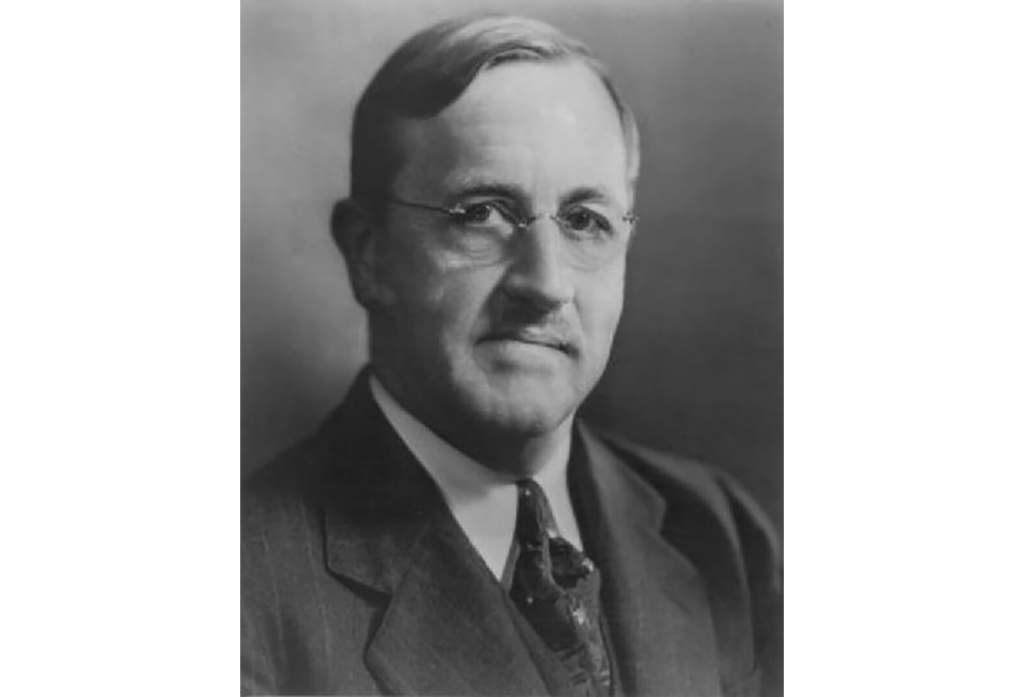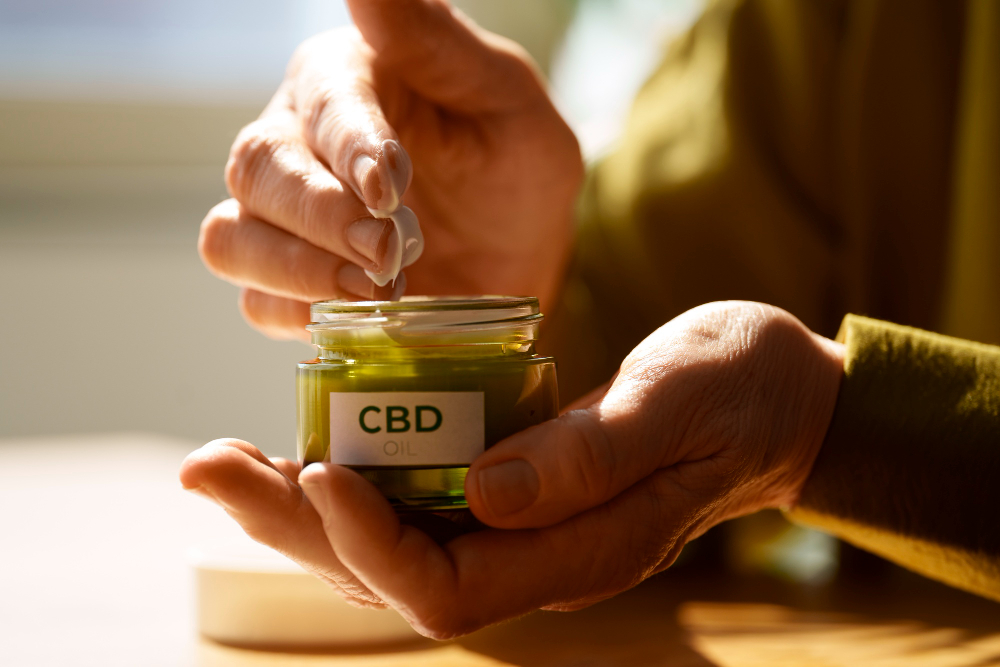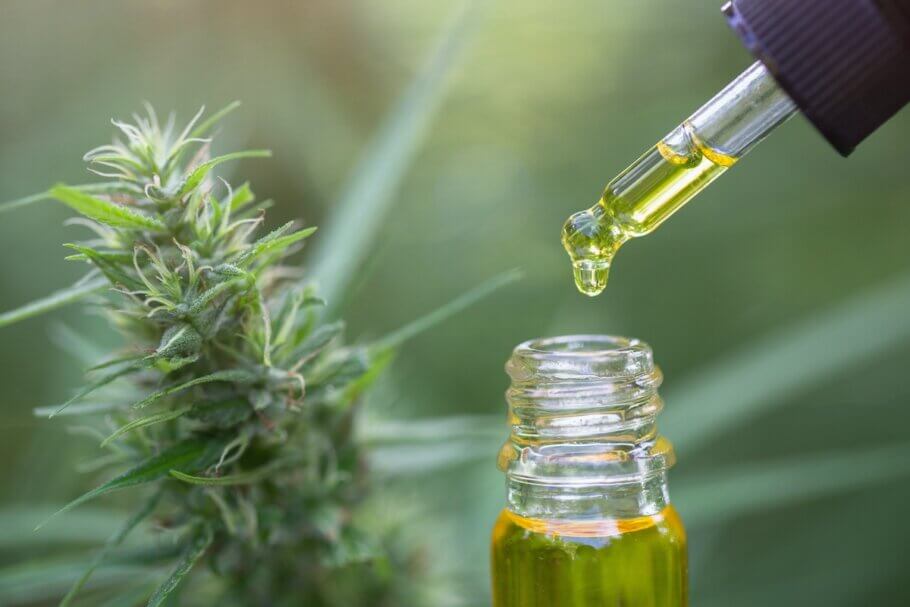CBD (cannabidiol), the main non-psychoactive compound in cannabis- Alchimia Grow Shop

Over the last few years, and at a level that has crossed the borders of the cannabis world, a molecule has emerged as a phenomenon worthy of attention: cannabidiol or CBD. Extracted from the cannabis plant, CBD has unleashed a revolution in the field of health thanks to its properties and its promising therapeutic potential, something that continues to be demonstrated study after study.
In this article we invite you to learn more about CBD, exploring its fundamental characteristics and delving into the various applications that have sparked the interest of doctors, researchers, and patients alike. From its non-psychoactive properties to its role in alleviating various ailments, we will unravel the layers of CBD, shedding light on its impact in the medicinal field and its role in improving overall well-being. Without a doubt, the best-known cannabinoid, along with THC, of the dozens of compounds produced by cannabis!
What is CBD?
- Name: Cannabidiol
- Formula: C21H30O2
- IUPAC name: 2-[(1R,6R)-6-isopropenyl-3-methylcyclohex-2-en-1-yl]-5-pentylbenzene-1,3-diol
- Molecular weight: 314.4636 g/mol
- Boiling point: 180°C (356°F)
Cannabidiol (CBD) is the main non-psychoactive cannabinoid produced by some cannabis plants, a compound that, as you will see today, has many interesting medicinal properties that have been used for years. It was discovered in 1940 by Roger Adams, who first isolated the substance from the cannabis plant. Adams, a prominent American organic chemist, was also responsible for the discovery of other cannabinoids, such as cannabigerol (CBG). However, although Adams identified the chemical structure of CBD, its therapeutic potential and mechanisms of action were not fully understood until decades later.
Indeed, and thanks to the activity of other scientists, research on CBD and its effects on the human body continues to this day. We must give thanks, then, to personalities like Raphael Mechoulam; Indeed, in the 1960s, Mechoulam and his team identified the chemical structure of delta-9-tetrahydrocannabinol (THC) and, in collaboration with other scientists, also discovered the endocannabinoid system in the human body. This research laid the foundation for the understanding of CBD and other cannabinoids.
What is the endocannabinoid system? (ECS)
Do you know what regulates hunger, sleep, menstrual pain and also libido in our bodies? The endocannabinoid system is responsible for the balance of all these functions on which our health and emotional well-being depend so much. In this article, we explain what it is, how it works and what to do to keep it healthy.
Another scientist worth mentioning is Dr. Lumír Ondřej Hanuš, a Czech-Israeli chemist who collaborated with Raphael Mechoulam and was involved in identifying and isolating CBD. His research has contributed significantly to the understanding of cannabinoids, and in 1992, he and William Anthony Devane first isolated and described the structure of anandamide. Of course, we can’t talk about CBD without mentioning Dr. Ethan Russo, a neurologist and research scientist who has advocated for more research into cannabinoids, including CBD, and their therapeutic potential. He has contributed research into the “entourage effect” and the interaction of various cannabinoids and terpenes.
Broadly speaking, cannabidiol (CBD) is a natural chemical compound found in the cannabis plant, one of the many cannabinoids present in the plant. Still, unlike delta-9-tetrahydrocannabinol (THC), it does not produce significant psychoactive effects. CBD has gained attention for its potential medicinal benefits and its ability to interact with the body’s endocannabinoid system, which plays a role in regulating various physiological functions. Its potential use has been investigated in alleviating medical conditions, such as anxiety, chronic pain, and seizures, among others.

CBD synthesis route
The synthesis of cannabidiol (CBD) in the cannabis plant follows a series of steps in the biosynthetic pathway. Although some details are not yet fully understood, most of the key steps in the formation of CBD have been identified. Here is a simplified description of the CBD synthesis pathway in the cannabis plant:
- CBGA (Cannabigerolic Acid) Production: The pathway begins with the production of cannabigerolic acid (CBGA), which is a precursor cannabinoid. This stage involves the union of three basic molecules: geranyl pyrophosphate (GPP), olivetic acid, and dihydroxyacetonephosphate (DHAP).
- Conversion of CBG to CBDA (Cannabidiolic Acid): CBG is transformed into cannabidiolic acid (CBDA) through the action of the enzyme CBDA synthase. At this point, CBDA is the immediate precursor to CBD.
- Decarboxylation to form CBD: CBDA undergoes a decarboxylation process, which generally occurs with heat. Decarboxylation removes a carboxyl group in the molecule, converting CBDA to CBD.
It is essential to highlight that these transformations are mediated by specific enzymes encoded by genes in the cannabis plant. Gene expression and enzyme activity are regulated by genetic and environmental factors, which can influence the cannabinoid profiles of cannabis strains. The synthesis of CBD and other cannabinoids is a complex and dynamic process that today continues to be the subject of research to fully understand all its details.
How does CBD interact with the human body?
Cannabidiol (CBD) interacts with the human body primarily through the endocannabinoid system (ECS), a molecular signaling system that plays a crucial role in regulating various physiological functions. Below, we describe the main interaction mechanisms of CBD in the body:
- Cannabinoid receptors: The ECS comprises cannabinoid receptors, the main ones being CB1 and CB2 receptors. Although CBD has a minimal affinity for these receptors, it can influence their activity indirectly. In particular, it is thought to act as a negative allosteric modulator of CB1 receptors, meaning it can change the shape of the receptors and affect their function without directly activating them.
- Interaction with other receptors: In addition to cannabinoid receptors, CBD interacts with other receptors in the body, such as serotonin receptors (5-HT1A) and vanilloid receptors (TRPV1). These interactions may contribute to CBD’s effects on pain relief, mood regulation, and other functions.
- Influence on anandamide degradation: CBD can inhibit the enzyme that breaks down anandamide, an endocannabinoid produced naturally in the body. By inhibiting this enzyme, CBD increases anandamide levels, which may contribute to its effect on regulating mood and well-being.
- Interactions with Ion Channels: CBD can affect the activity of various ion channels, including calcium and potassium channels. This may contribute to its effects on neuronal function and neurotransmitter release.
Something to keep in mind is that research into the interaction of CBD in the human body is still ongoing, and new aspects of its mechanism of action are being discovered. The effects of CBD can vary depending on the dose, the mode or route of administration, and, of course, individual factors, and a series of side effects can occur after taking CBD.

Effects and properties of CBD
As you may know, cannabidiol (CBD) has been the subject of intense research due to its various potential therapeutic effects and properties on the human body, which has resulted in its huge increase in popularity in recent years. Who would have thought a while ago that we would see advertisements for CBD products on TV! Although research is ongoing and more scientific evidence is needed, several effects and properties of CBD have been observed, including:
- Pain relief: CBD has been studied for its ability to reduce the perception of pain. It can interact with pain receptors and exert anti-inflammatory effects, which could be beneficial in cases of chronic pain.
- Anti-inflammatory properties: CBD has been shown to have anti-inflammatory properties, suggesting its potential in treating inflammatory conditions, such as arthritis.
- Anxiolytic and antidepressant effects: There is evidence to suggest that CBD may have antianxiety and antidepressant effects, possibly through its interaction with serotonin receptors. Its use in anxiety and depression disorders is being investigated.
- Neuroprotective properties: Some studies indicate that CBD may have neuroprotective properties, meaning it could help protect nerve cells from damage, such as in the case of neurodegenerative diseases.
- Potential for epilepsy treatment: CBD has been approved as a treatment for certain types of epilepsy, especially in cases of Lennox-Gastaut syndrome and Dravet syndrome in children.
- Sleep regulation: It has been observed that CBD may have effects on sleep, helping to improve sleep quality and alleviate insomnia in some people.
- Antiemetic properties: CBD has shown antiemetic properties, meaning it could be useful in reducing nausea and vomiting, especially in patients undergoing chemotherapy treatments.
- Reduction of intraocular pressure: Some studies suggest that CBD could help reduce intraocular pressure, which could be beneficial in the treatment of glaucoma.
10 benefits of CBD to treat unexpected diseases
It’s important to understand that, in addition to the common pathologies that can be treated with CBD, like pain and anxiety, there’s a host of other conditions that could also benefit from the therapeutic effects of this cannabinoid, such as hair loss, snoring, fungal foot infections, and even stuttering.
Of course, and as we have already mentioned, the effects of CBD can vary depending on the dose, the route of administration, and other factors such as those of each person to whom it is administered. Furthermore, and as we have already mentioned, research into its properties and applications is still ongoing, while new areas of interest continue to emerge as the work of scientists and researchers advances, such as the use of CBD for the control of obesity, or for the treatment of addictions to substances as dangerous as fentanyl, acting as a negative allosteric modulator. Given all these potential benefits, it is not surprising that cannabis breeding is also moving toward new CBD-rich strains!
In conclusion, cannabidiol (CBD) is presented as a promising gem in the world of health and well-being. As research continues, new studies are shedding light on its vast therapeutic potential, highlighting its ability to relieve pain, reduce anxiety, improve sleep quality, and much more. With a growing understanding of its interaction with the endocannabinoid system and other body systems, CBD is emerging as a multifaceted agent with diversified clinical applications. Although there is still much to discover, the expectations surrounding CBD are undeniable, pointing towards a future where this natural compound could play an important role in modern medicine and improve the quality of life for many people around the world.
Sources consulted:
- Taming THC: potential cannabis synergy and phytocannabinoid-terpenoid entourage effects, Ethan B. Russo
- Cannabidiol use and effectiveness: real-world evidence from a Canadian medical cannabis clinic, Lucile Rapin, Rihab Gamaoun, Cynthia El Hage, Maria Fernanda Arboleda, Erin Prosk
- Therapeutic Efficacy of Cannabidiol (CBD): A Review of the Evidence from Clinical Trials and Human Laboratory Studies, Dennis J. Sholler, Lauren Schoene, Tory R. Spindlea
- Structure-Activity Relationship Study of Cannabidiol-Based Analogs as Negative Allosteric Modulators of the μ-Opioid Receptor, Taryn Bosquez-Berger, Jessica A Gudorf, Charles P Kuntz, Alex Straiker
- Effect of cannabis and subproducts on anthropometric measures: a systematic review and meta-analysis, Marcela Gomes Reis, Andrea J. F. Ferreira, Mohammad Hassan Sohouli, Diego Ribeiro Taimeirão, Renata Adrielle Lima Vieira, Nathalia Sernizon Guimarães
The articles published by Alchimiaweb, S.L. are reserved for adult clients only. We would like to remind our customers that cannabis seeds are not listed in the European Community catalogue. They are products intended for genetic conservation and collecting, in no case for cultivation. In some countries it is strictly forbidden to germinate cannabis seeds, other than those authorised by the European Union. We recommend our customers not to infringe the law in any way, we are not responsible for their use.





